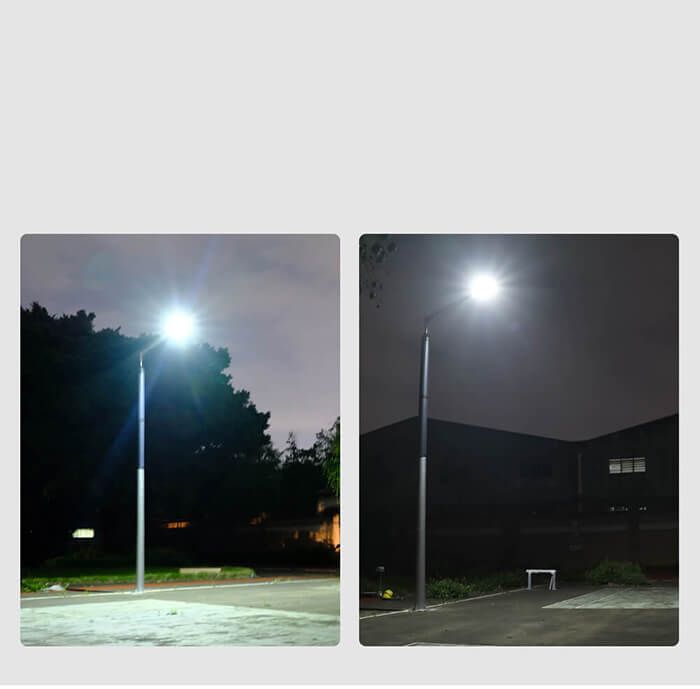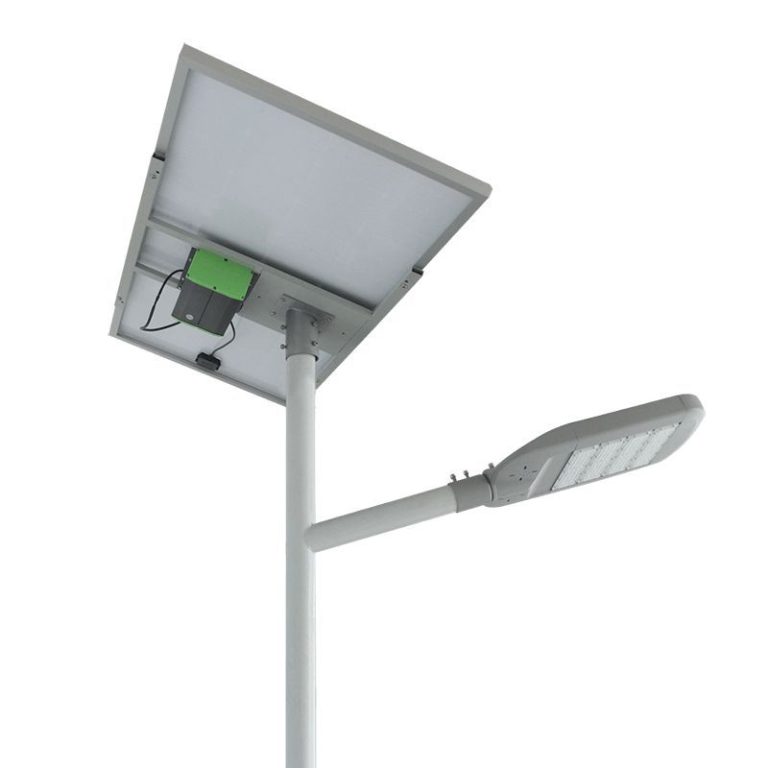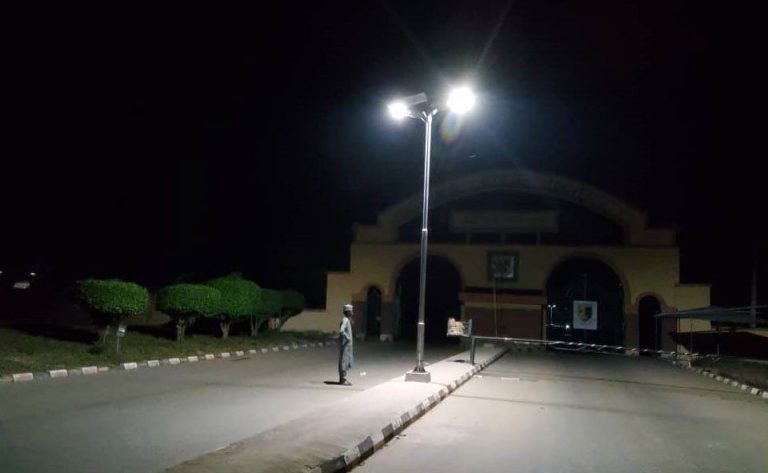Maximizing Energy Efficiency: How Integrated Solar Street Lighting Systems Illuminate Roads While Minimizing Environmental Impact
In today’s world, the pursuit of sustainable and energy-efficient solutions has become paramount. With the pressing need to combat climate change and reduce our carbon footprint, innovative technologies are emerging to address these challenges. Among them, integrated solar street lighting systems have gained significant attention for their ability to illuminate roads while minimizing environmental impact.
Integrated solar street lighting systems combine solar panels, LED lights, and rechargeable batteries into a single unit, offering a comprehensive solution for outdoor lighting. Unlike traditional street lights that rely on grid electricity, these systems harness solar energy during the day and store it in batteries for use at night. This self-sustaining nature not only reduces dependence on fossil fuels but also lowers operational costs over the long term.

One of the key advantages of integrated solar street lighting systems is their versatility in installation. They can be easily deployed in remote or off-grid locations where extending the electrical grid may be impractical or costly. This flexibility makes them ideal for illuminating roads in rural areas, parks, parking lots, and even urban streets, enhancing visibility and safety for pedestrians and motorists alike.
| No. | Name |
| 1 | Solar Street Light |
Furthermore, integrated solar street lighting systems are designed with energy efficiency in mind. LED lights, known for their low energy consumption and long lifespan, are used as the light source. Compared to traditional incandescent or fluorescent bulbs, LEDs consume significantly less power while delivering the same or even higher levels of brightness. This efficiency translates into reduced energy consumption and lower greenhouse gas emissions, contributing to a greener and more sustainable environment.
The integration of advanced technologies such as motion sensors and intelligent controllers further enhances the energy efficiency of these lighting systems. Motion sensors detect movement and adjust the brightness of the lights accordingly, ensuring that energy is not wasted when illumination is not needed. Similarly, intelligent controllers optimize the charging and discharging of batteries based on environmental conditions, maximizing the utilization of solar energy.
Moreover, integrated solar street lighting systems are designed for durability and reliability in harsh outdoor environments. They are often constructed with weather-resistant materials and undergo rigorous testing to withstand exposure to elements such as rain, heat, and extreme temperatures. This robustness ensures uninterrupted operation and minimal maintenance requirements, reducing downtime and associated costs.
From an environmental perspective, the adoption of integrated solar street lighting systems offers multiple benefits. By harnessing solar energy, these systems contribute to the reduction of greenhouse gas emissions, air pollution, and reliance on finite fossil fuels. Additionally, their installation helps preserve natural habitats by minimizing the need for infrastructure development associated with extending the electrical grid.
In conclusion, integrated solar street lighting systems represent a sustainable and efficient solution for illuminating roads while minimizing environmental impact. Through the integration of solar panels, LED lights, and smart technologies, these systems offer reliable and energy-efficient lighting for various outdoor applications. As we strive towards a greener future, the adoption of such innovative technologies plays a crucial role in mitigating climate change and creating more sustainable communities.






